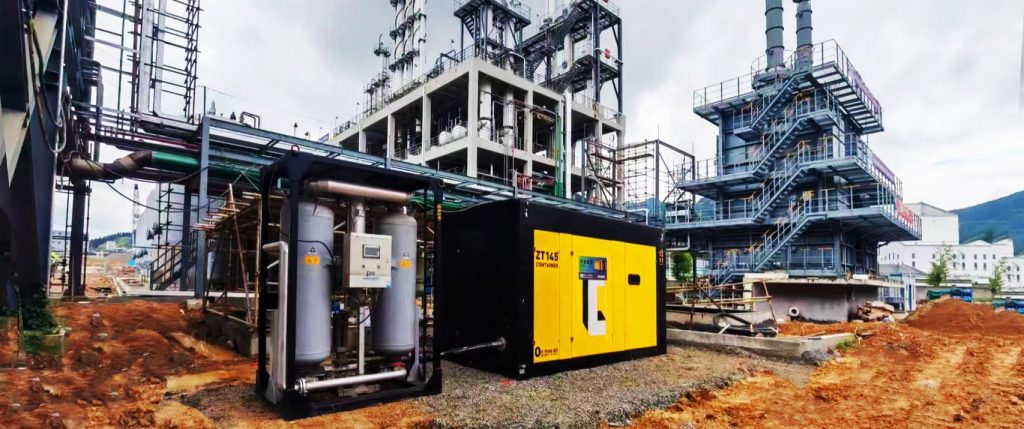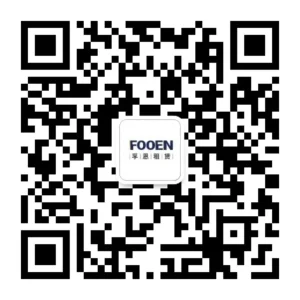In industries such as food & beverage, pharmaceuticals, precision manufacturing, electroplating, spray painting, and foaming, clean oil-free compressed air is essential to ensure product quality and process stability. As such, compressor manufacturers, distributors, and industry professionals are often asked: “If we use an oil-free air compressor, can we skip the air purification equipment?”
At first glance, it seems logical that an oil-free compressor produces clean, oil-free air without requiring additional treatment. However, reality is more nuanced. Even the most advanced oil-free compressors cannot completely eliminate contamination risks, particularly in high-purity applications.
This article explores what “oil-free” and “Class 0” truly mean, and why downstream air treatment systems remain critical.
1. The Difference Between Oil-Lubricated and Oil-Free Compressors
All air compressors convert mechanical energy into pneumatic energy. During this process, a large amount of heat is generated, requiring lubrication and cooling.
“Oil-free” does not mean zero oil usage—it simply means oil is not used in the compression chamber, preventing direct contact with the compressed air. However, components such as bearings still require lubrication, introducing the risk of indirect contamination.
2. Common Contamination Sources in Compressed Air
- Ambient Air Contaminants
Atmospheric air contains dust, VOCs, hydrocarbons, microorganisms, and oil vapor. According to UK DEFRA reports, ambient oil vapor levels can range from 0.05–0.5 mg/m³—well above the ISO Class 2 threshold. - Compressor Internal Emissions
Gearboxes and intercoolers in oil-free compressors may release oil vapors through vents, which can be re-ingested by the compressor inlet. - Air Distribution and Treatment Systems
Condensation, pipe corrosion, malfunctioning separators, and unmaintained dryers can introduce water, oil, and particulates into the air supply.
3. Class 0 Does Not Mean Absolutely Oil-Free
ISO 8573-1:2010 defines Class 0 as a standard “stricter than Class 1,” customized by the manufacturer or user. It does not mean zero oil content.
Since the lower limit of Class 1 is not defined, and no upper limit for Class 0 exists, a Class 0 rating merely indicates a cleaner standard than Class 1—not absolute purity.
4. Achieving Technically Oil-Free Air Requires Filtration
To achieve ultra-low oil levels (e.g., <0.003 mg/m³), advanced air treatment systems are essential. These include:
- Line Filters: Remove aerosols, particulates, and moisture;
- Activated Carbon Filters: Adsorb oil vapors through physical and chemical mechanisms;
- Air Receivers: Stabilize airflow and allow contaminants to settle out.
5. Conclusion
No air compressor—oil-free or lubricated—can produce absolutely pure air on its own. “Oil-free” is a relative, technical term, not an absolute one. As industrial demands for clean compressed air rise, understanding Class 0 properly and deploying effective post-treatment is more critical than ever.

